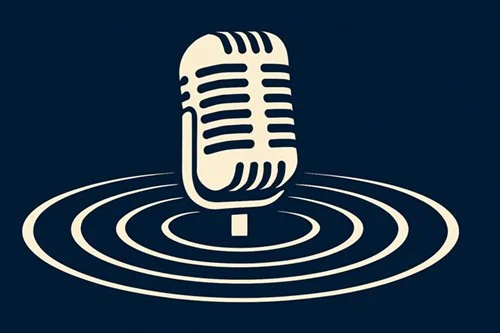Floating Past Stage Fright
Performance nerves are a strange thing. You can rehearse a concerto until your fingers glide unconsciously, block a scene until the marks live in your bones, or recite a keynote in the shower without missing a beat – yet a single flick of house-lights is enough to tighten shoulders and scatter thoughts like startled birds. Psychologists file this under “performance anxiety,” but most artists, athletes, and speakers simply call it stage fright: a moment when the body launches a survival protocol that feels wildly out of proportion to the actual threat presented by a group of strangers.
This response is especially stubborn because it is ancient. The same chemistry that once primed us to sprint from predators now surges when an audience takes its seats. Adrenaline and cortisol levels rise, which sharpens our senses and boosts our alertness. However, these same neurochemicals also make our hands shake and corrode our ability to recall even those things that we have spent conscious time planning and memorizing.
Traditional coaching on public speaking offers some solid tactics to help steady your nerves – progressive muscle relaxation, visualization, slow breathing – but those methods can often feel like steering a speedboat with an oar while the engine is still revving hard beneath you.
Floatation therapy approaches the problem with a completely different strategy: shut down the engine first.
In a float tank, deprived of the need to process or resist anything external, the nervous system slides into a deeply relaxed state. Your heart rate settles. Your respiratory rhythm lengthens. Your body activates it’s rest-and-digest system, the opposite of the fight-or-flight mode that kicks in during performance anxiety. This relaxation carries on long after your float, helping with performance in sports, in creative endeavors, and, of course, in live presentations and public speaking.
There is an anecdote from the early days of floating specifically about stage fright. Glenn Perry, who would later co-create the world’s first commercial float tank company, Samadhi, floated with Dr. John Lilly during one of his workshops. Glenn had a terrible fear of public speaking, but after his float, when Dr. Lilly asked him to talk about his experience in front of the workshop group, he describes how he was able to share his impressions and talk at length with none of his usual anxiety.
Half a century later, controlled studies are showing that Perry’s experience was not an anecdotal outlier but an early data point. In 2018, researchers at the Laureate Institute for Brain Research invited adults with various levels of anxiety for a controlled study to see what impact floating would have. The scores on the State-Trait Anxiety Inventory for every participant dropped, but the volunteers from the “high-anxiety” range showed an especially large reduction. Parallel measurements of blood pressure and heart-rate variability tracked that psychological drop, indicating the body itself had exited an alarm state as a result of their float session.
Muscles follow the same trajectory. A Swedish study that wired competitive archers for electromyography found markedly lower forearm tension after forty-five minutes in the tank. Tension relief mattered: when archers returned to the range, their shot groupings tightened.
Floating also amplifies the effects of mentally rehearsing different activities. Decades of sports science confirm that structured imagery recruits many of the same neural circuits as physical practice. However, imagery competes with sensory noise – room lights, ambient chatter, postural discomfort. Strip those channels away and the picture sharpens. Several different studies with floating have shown improvement in a variety of skills, with the addition of visualization and mental practice during a float only adding to the effect.
Timing, though, deserves nuance. Another Scandinavian experiment tracked the performance of swimmers after floating. Although swimming performance increased after time spent in a float tank, they did find that there was actually a drop off in performance in the hour or two immediately following a float session. The nervous system appears to relish an adjustment period in which calm and alertness recombine.
Keep this in mind with your own pre-performance floating, and make sure to allow at least a few hours between session and sound-check. Many people report that floating 4-24 hours before a performance produces very keen results. There are also many anecdotes of customers who float across a rehearsal calendar, reporting that the effects compound over time, and that each visit shortens the time it takes to settle into a calm float state.
All of this said, floatation is not a shortcut to mastery; no saltwater pool can supply the same level of confidence and skill gained by months and years of consistent practice. What it does offer is rare leverage over the biological cascade that too often obscures mastery in the decisive moment.
Perhaps that is why so many first-time floaters step out of the tank startled not only by how relaxed they feel but by how capable they feel. The technique they worked so hard to acquire is suddenly accessible without a fight. The note that once cracked holds steady, the speech that came across stuttered finds its rhythm, the dancer’s center feels grounded rather than teetering on adrenaline.
If you have an upcoming presentation, speech, or performance, consider booking yourself a float and giving your nerves an extended period of silence. You might find that the calm you create before you step onstage can set the tone for everything that follows.

